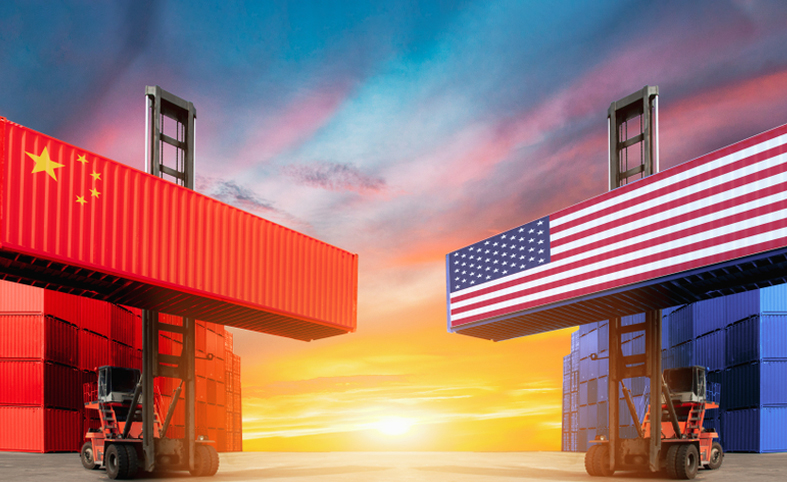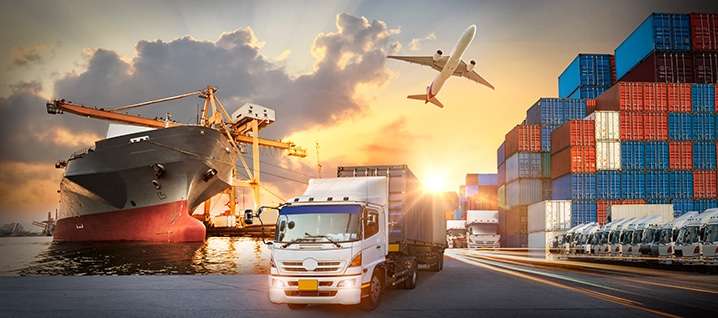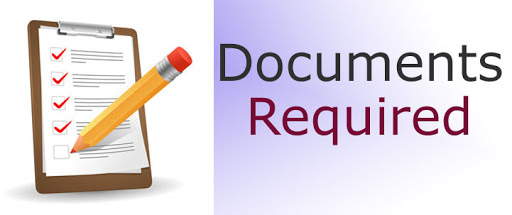- By TOP CHINA FREIGHT
- September 17, 2025
- Shipping
Table of Contents
Choosing the right freight forwarder from China to US can determine whether your shipment arrives smoothly or faces costly delays. Many importers struggle with customs clearance, unpredictable transit times, and hidden charges. However, with expert guidance, you can secure cost-effective and reliable shipping solutions tailored to your business needs.

What Does a Freight Forwarder from China to US Do?
A freight forwarder from China to US is responsible for organizing the international transport of goods, handling logistics planning, booking cargo space, preparing customs paperwork, and coordinating with carriers. Unlike carriers who only move cargo, freight forwarders act as intermediaries to manage the entire supply chain.
They negotiate better shipping rates, provide insurance options, and track your shipment from pickup in China to final delivery in the US. Moreover, they ensure compliance with import regulations, avoiding costly errors. By outsourcing logistics to professionals, businesses save time and reduce risks.
How Much Does Shipping from China to US Cost?

Shipping costs vary depending on the mode of transport, cargo size, destination, and seasonality. Sea freight remains the most economical option, while air freight provides speed at a higher cost.
Average Shipping Costs from China to US (2025 estimates)
| Shipping Method | Average Cost (per CBM / KG) | Transit Time | Best For |
|---|---|---|---|
| Sea Freight (LCL) | $40–$60 per CBM | 25–35 days | Small to medium shipments |
| Sea Freight (FCL 20ft) | $2,000–$3,000 per container | 25–35 days | Bulk goods |
| Sea Freight (FCL 40ft) | $3,500–$5,000 per container | 25–35 days | Large volume cargo |
| Air Freight | $6–$10 per kg | 5–10 days | Urgent or high-value cargo |
| Express Courier | $8–$15 per kg | 3–5 days | Small parcels, e-commerce |
These figures fluctuate depending on fuel surcharges, peak season demand, and customs duties. Therefore, working with a freight forwarder helps importers access more stable rates.
What Shipping Methods Can You Choose?

Importers can select from multiple shipping methods, depending on their cargo requirements:
Sea Freight (LCL & FCL):
Best for bulk goods, cost-efficient but slower.
Air Freight:
Suitable for perishable or urgent goods.
Express Courier:
Convenient for small e-commerce packages.
Pros and Cons of Freight Options
| Mode | Pros | Cons |
|---|---|---|
| Sea Freight | Lowest cost, handles heavy cargo | Slow transit, port congestion |
| Air Freight | Fast, secure, reliable schedules | Expensive, weight restrictions |
| Express Courier | Door-to-door, quick delivery | Limited to small packages |
How Long Does Shipping from China to US Take?
Transit times vary depending on the chosen shipping method, origin port, and US entry port.
Estimated Shipping Times (China to US)
| Origin Port (China) | Destination Port (US) | Sea Freight | Air Freight |
|---|---|---|---|
| Shanghai | Los Angeles | 18–22 days | 5–7 days |
| Shenzhen | New York | 28–35 days | 7–9 days |
| Ningbo | Houston | 25–30 days | 6–8 days |
| Qingdao | Seattle | 20–25 days | 5–6 days |
Additionally, customs clearance, inland trucking, and warehouse handling add 3–7 days to the total delivery schedule. A freight forwarder helps minimize delays by preparing documents in advance and monitoring port congestion trends.
What Documents Are Required for Importing?

Importing into the US requires careful documentation to comply with customs. Missing paperwork often leads to delays or fines.
Checklist of Common Import Documents:
| Document | Purpose |
|---|---|
| Bill of Lading (B/L) | Confirms cargo ownership & shipment details |
| Commercial Invoice | Declares goods’ value for customs |
| Packing List | Details shipment contents |
| Importer Security Filing (ISF) | Mandatory for sea freight shipments |
| Certificate of Origin | Proves manufacturing country |
| Customs Bond | Ensures duties & taxes payment |
Why Choose a Freight Forwarder Over Handling Shipping Alone?
Bulk rate negotiations.
One-stop coordination of shipping, customs, and delivery.
Insurance, compliance checks, and professional oversight.
Ability to switch between air and sea freight based on urgency.
What Are the Main US Ports for Chinese Imports?
The United States has multiple entry points for goods from China, each serving different regions.
Major US Ports for China Shipments
| Port | Location | Advantages |
|---|---|---|
| Los Angeles / Long Beach | California | Largest volume, efficient handling |
| New York / New Jersey | East Coast | Access to major population centers |
| Savannah | Georgia | Fast-growing, modern facilities |
| Houston | Texas | Best for energy & industrial imports |
| Seattle / Tacoma | Washington | Strong for Pacific Northwest distribution |
Choosing the right port impacts transit time, inland trucking costs, and customs efficiency. A freight forwarder will recommend the best port based on your delivery destination.
How Do Customs Duties and Tariffs Affect Costs?
Importers must pay customs duties based on HS codes, product category, and declared value. For example, electronics and textiles often carry higher tariffs. Additionally, anti-dumping duties may apply to certain goods.
Working with a freight forwarder ensures accurate classification and duty calculation. They also advise on cost-saving strategies such as tariff engineering, free trade zones, and bonded warehousing.
Case Study: Reducing Costs with a Freight Forwarder

A mid-sized US electronics retailer regularly imported goods from Shenzhen to Los Angeles. Initially, they managed shipping independently, but delays and hidden charges increased total costs by 15%.
After partnering with a professional freight forwarder, they consolidated LCL shipments into FCL containers, reducing per-unit shipping costs. Moreover, pre-clearing customs documents cut transit delays by 5 days. Within six months, the retailer saved $30,000 while ensuring faster inventory turnover.
This example demonstrates how expert freight forwarding can directly improve profitability.
What Should Businesses Consider When Selecting a Freight Forwarder?
Specialization in China–US routes.
Strong relationships with carriers and customs brokers.
Clear pricing without hidden surcharges.
Real-time tracking and digital documentation.
24/7 assistance for urgent queries.
Conclusion
Shipping goods efficiently requires more than just booking space on a vessel or aircraft. The right freight forwarder from China to US ensures smooth customs clearance, reliable transit times, and competitive rates. Moreover, freight forwarders reduce risk, provide flexibility, and help businesses focus on growth instead of logistics headaches. Partnering with an experienced forwarder is the best way to streamline imports and maintain supply chain efficiency.
Need a Shipping Quote?
If you want expert guidance and peace of mind, our team is ready to assist.
TJ China Freight offers tailored solutions to help businesses of all sizes ship more reliably from China.

FAQ
Q1:What is the cheapest way to ship from China to USA?
The cheapest method is ocean freight China to US using FCL containers, ideal for bulk cargo and lowering per-unit shipping costs.
Q2:How fast is air cargo from China to USA?
Air cargo China to USA usually takes 5–10 days, perfect for urgent shipments needing faster delivery schedule and secure handling.
Q3:Can express shipping from China handle e-commerce orders?
Yes, express shipping from China offers door-to-door delivery within 3–5 days, making it ideal for small parcels and online store fulfillment.
Q4:What factors affect shipping costs from China to US?
Shipping costs depend on cargo weight, container size, customs clearance fees, and peak season surcharges, so booking early saves money.
Q5:Do I need insurance for container shipping from China?
Yes, container shipping from China requires cargo insurance to protect against loss or damage during transit, ensuring peace of mind.
